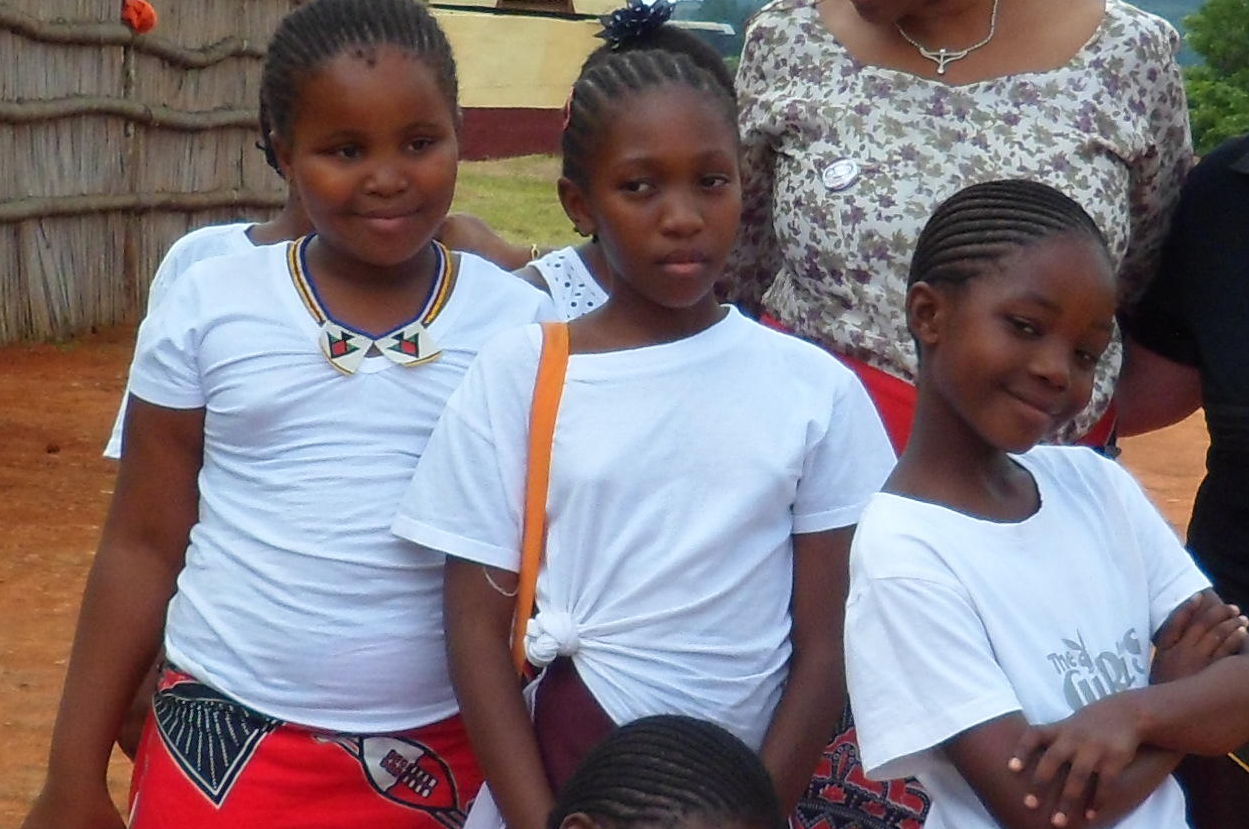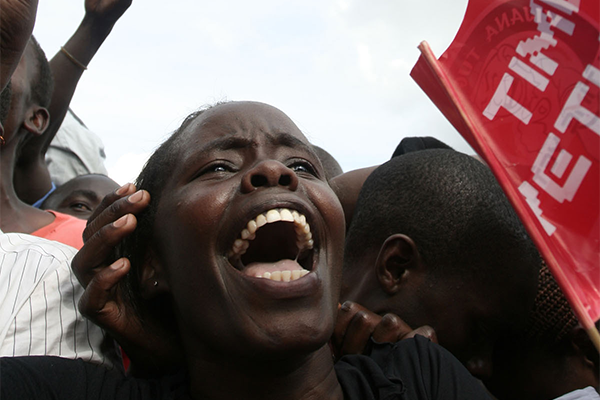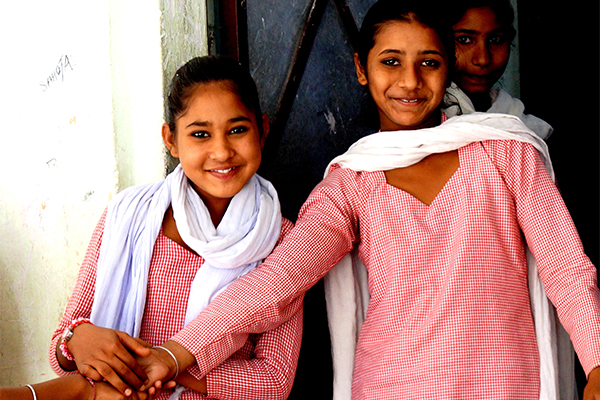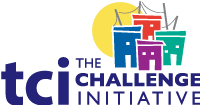AYSRH Toolkit
Delivering Services for Youth- Home
- Help and Support
- Close
- Toolkits
- Global Toolkit
- AYSRH Toolkit
- Hub Toolkits
- Core High-Impact Practices
- Gender Essentials Mini Course
- Close
- Resource Collection
- Community of Practice
- Coaching
- Log In/Register
- My Profile
- English
Out-of-Facility Service Delivery
What is it?
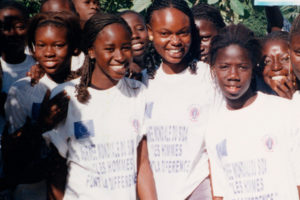
© 2000 Sara A. Holtz, Courtesy of Photoshare
Youth-friendly health services can be provided in a health facility (such as a health center, clinic, or hospital), or in an “out-of-facility” setting. Young, poor, or hard-to-reach people have many challenges reaching a traditional facility. An out-of-facility setting or approach may serve them better. TCI’s Hubs have used the following approaches:
- Mobile outreach services
- Community-based services
- Drug shops and pharmacies
- Sexual and reproductive health (SRH) services in non-health settings (such as workplaces or youth centers)
- School-based health clinics
What Are the Benefits?
- Reaches more marginalized, vulnerable groups of young people: Young people may be apprehensive of traditional facility-based health services for many reasons (for example, lack of trust, feeling judged or unwelcome, the cost of travel, or isolation). Some groups of urban young people—like young people who use drugs, are homeless, or those residing in slum areas—are even more likely to feel unwelcome at traditional facilities. Providing out-of-facility services can be a means of reaching them.
- Addresses issues like long waiting times, lack of privacy, and limited awareness of service availability: Research reveals that even for less-marginalized groups, health service facilities are difficult to access. Long waiting times, lack of privacy, and lack of awareness of service availability (especially among recent migrants) prevent many young people from seeking health services. Providing out-of-facility services can address these barriers. Innovative models such as vouchers and social franchises increase adolescents’ knowledge of and access to reproductive health services. Vouchers have shown success in increasing privacy and confidentiality of services. In Union des Communes du Zou, Benin, TCI provides vouchers to married youth via community health workers (referred to locally as community relays) and unmarried youth via youth associations.
- Increases access to a range of contraceptive methods: Out-of-facility service delivery channels, including mobile services and social marketing, can broaden the method mix available to young people. Social marketing programs complement the public health system by tapping into private providers and pharmacies that provide more anonymity, so underserved young people tend to prefer them for accessing contraception. TCI’s East Africa Hub is currently working to increase adolescent and youth access to family planning via pharmacies and drug shops.
How to Implement?
Step 1: Understand the context and realities of the target group to decide which service delivery model to use
Health services can be delivered through schools and workplaces, youth centers, households, streets or markets, and drug shops and pharmacies. There is varying evidence on the effectiveness of all of these locations when it comes to health service uptake. For example, some data show that a youth-specific community-based condom and contraception distribution strategy is more effective than youth centers or school-based services. Pharmacies have also been seen as effective in increasing uptake of contraceptive services among young people. Marie Stopes International has experience from Bangladesh, Nepal, and Zambia indicating that appropriate services, activities and community engagement all improved uptake. It is important to adopt a service delivery mechanism that is best suited to your context.
Evidence to Action (E2A) has a useful decision-making tool to guide program designers in choosing youth-friendly service delivery model(s). It covers country context, target population, desired behavioral and health outcomes, SRH services to be offered and needs and objectives for scalability and sustainability.
|
Example: Population Services International in Africa PSI has done a review of its programs that provide sexual and reproductive health and rights (SRHR) products and services via different models in several countries: From innovation to scale: Advancing the sexual and reproductive health and rights of young people. A review of PSI programming approaches and experiences
|
Step 2: Identify community members, private-sector providers, and/or informal services that young people trust
Conduct a landscaping exercise: What kinds of services are already available to young people in your program context? Which services do they access? Certain groups of young people—such as those living in slums, homeless, or engaging in transactional sex or drug use—may trust some community members more than others. Knowing who the trusted community members are, and where youth already go for services, enables your program to tap into existing, credible resources for increasing contraceptive uptake or other SRH services.
|
Example: Building the capacity of pharmacists in Tanzania to serve youth In Arusha, Tanzania, like in many other cities in East Africa, youth frequent pharmacies for short-term methods. Their visits to pharmacies are critical touchpoints with the health system and offer an opportunity to provide them with helpful information about contraceptives and, in some cases, refer them to a health facility for counseling. In January 2019, the TCI Tanzania team decided to work with the District Pharmacists in Arusha to improve young people’s experiences when accessing pills and condoms at local pharmacies and connect them with TCI-trained health facilities. Following the training of 300 high-volume, registered pharmacies in Arusha, pharmacists are more motivated to counsel youth, provide high-quality data, refer to TCI health facilities, and report stockouts. |
Step 3: Establish partnerships with the government or private sector to enable non-traditional service delivery
Based on the model of service delivery you choose, you will need to establish partnerships to reach youth and train the right service delivery staff on providing youth-friendly services.
What Is the Evidence?
- In East Africa, a total of 327 integrated outreaches have been conducted by local governments with TCI’s coaching and technical assistance support. The approach was particularly successful at recruiting first-time users among youth—60% of the family planning acceptors at these integrated outreaches were new users of family planning.
- Successful approaches to out-of-facility service delivery include mail-based STI screening, condom distribution through street outreach in higher-income countries, and promoting pharmacy-based over-the-counter access to emergency contraception.
- Mobile services in urban areas can reach a range of young people at carefully-chosen locations, such as a marketplace or mall, school or workplace, or neighborhood corner or youth club. MSI has several examples of reaching young married girls (in community settings), boys and young men (in marketplaces, youth clubs and sports groups), in-school young people (in schools or universities), and young migrant women (in factories).
TCI APP USERS PLEASE NOTE
You will only receive CERTIFICATES by email – when earning a score above 80% – and will not be able to view or print a certificate PDF from the TCI app.
Test Your Knowledge
Earn a Certificate
Quiz Summary
0 of 5 Questions completed
Questions:
Information
You have already completed the quiz before. Hence you can not start it again.
Quiz is loading…
You must sign in or sign up to start the quiz.
You must first complete the following:
Results
Results
0 of 5 Questions answered correctly
Your time:
Time has elapsed
You have reached 0 of 0 point(s), (0)
Earned Point(s): 0 of 0, (0)
0 Essay(s) Pending (Possible Point(s): 0)
Categories
- Not categorized 0%
- 1
- 2
- 3
- 4
- 5
- Current
- Review
- Answered
- Correct
- Incorrect
-
Question 1 of 5
1. Question
Young, poor or hard-to-reach people have many challenges reaching a traditional facility. An out-of-facility setting or approach may serve them better.
CorrectIncorrect -
Question 2 of 5
2. Question
Which of the below are examples of out-of-facility settings?
CorrectIncorrect -
Question 3 of 5
3. Question
Out-of-facility service delivery channels, including mobile services and social marketing, can broaden the method mix available to young people.
CorrectIncorrect -
Question 4 of 5
4. Question
How do you intend to use the information reviewed and/or tools that you accessed?
-
This response will be awarded full points automatically, but it can be reviewed and adjusted after submission.
Grading can be reviewed and adjusted.Grading can be reviewed and adjusted. -
-
Question 5 of 5
5. Question
How useful did you find the information and/or tools presented on this page? Please write your response in the box below using one of the following phrases: Very useful, Useful, Somewhat useful, Not useful.
Feel free to comment on why you made that choice.
-
This response will be awarded full points automatically, but it can be reviewed and adjusted after submission.
Grading can be reviewed and adjusted.Grading can be reviewed and adjusted. -
Approaches: Delivering Services for Youth
Helpful Tips
Youth Participation
-
Work with the young people you want to reach to map their current service access and identify their trusted community members.
-
Engage youth in implementing out-of-facility service delivery and linking their peers with services.
Data Management
-
Ensure that staff are provided with supportive supervision.
-
Harmonize data collection from out-of-facility service provision with facility-based service data, and use both to inform further strategies for service uptake.
Multisectoral Collaboration
- Partner with innovative and non-traditional entities that urban youth will be more likely to access.
Challenges
- Reaching special groups (like married girls and first-time parents) with services may take additional effort, as they often have more barriers to overcome. In Francophone West Africa, TCI has defined roles and target populations for different community actors. Community relays map and provide outreach (and in some cases, family planning methods) to married adolescents, while youth associations focus on those youth who are not married.
- One key barrier is cost—the cost involved in going to a place that delivers services, taking time off from housekeeping or employment, and paying for contraceptives.
- Another barrier is isolation. Home visits by community health workers to provide contraceptive services and information about the importance of delaying first birth and spacing is a promising approach.
- An out-of-facility approach cannot provide comprehensive services without strong referral links to facility-based services. Some services (like IUD insertion, sterilization, and post-abortion care) need to be provided in a static facility; this may be mandated by law. Ensuring that out-of-facility staff are prepared to refer patients to a traditional facility is crucial for fully meeting the SRH needs of urban youth. TCI’s work with pharmacies in Tanzania dramatically increased referrals to TCI facilities.
References
See a listing of all AYSRH references.


